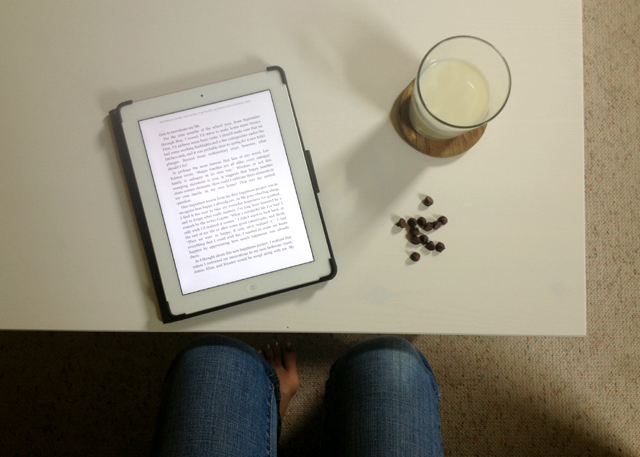
My littlest guy has been under the weather this week, and needed lots of snuggle time with Mama, so I spent some extra time on the couch reading a book on the iPad. I still prefer to read books on paper, but this summer I checked out a couple ebooks from the library that weren’t available otherwise… and I didn’t hate it.
A couple years ago I read “The Happiness Project” by Gretchen Rubin, and even though I wasn’t all that impressed with it, I decided to read her newest book, “Happier at Home,” this week. My opinions on the book are pretty neutral — I would neither encourage nor discourage someone who was considering reading it — but I did glean some quotes that were worth reading again. Maybe one of them will be meaningful to you too.

“To be happy at home is the ultimate result of all ambition, the end to which every enterprise and labour tends.” [Samuel Johnson] (pg. 2)
“Happiness is neither virtue nor pleasure nor this thing nor that, but simply growth. We are happy when we are growing.” [William Butler Yeats] Research supports his observation: It’s not goal attainment, but the process of striving after goals — that is, growth — that brings happiness. (pg. 13)
I was made happier by my decision to bring paper plates, not home-baked muffins, to Eleanor’s start-of-school party, but “Keep it simple” wasn’t always the right response. Many things that boosted my happiness also added complexity to my life. Having children. Learning to post videos to my website. Going to an out-of-town wedding. Applied too broadly, my impulse to “Keep it simple” would impoverish me. (pg. 27)
I can build a happy life only on the foundation of my own nature. (pg. 38)
Happiness is not having less; happiness is not having more; happiness is wanting what I have. (pg. 58)
In every area of my life, I dislike the feeling of uncertainty or unfamiliarity. I love mastery. (pg. 81)
“Well, you might never like to drive,” she pointed out. “But that’s not the same as being afraid to drive.” This was a revelation. I’d expected that my driving lessons would help me to enjoy driving. After all, a lot of people love to drive. I wanted to love to drive. But maybe it wasn’t in my nature to love driving. Okay, fine. I didn’t have to love driving; I just had to be able to do it. The driving didn’t make me happier, but successfully taking steps to conquer my fear made me very happy. (pg. 82)
“Each time of life has its own kind of love,” wrote Tolstoy, and each time of life has its own kind of happiness. I wanted to appreciate this time of life, with our young children at home; I didn’t want it to slip past me, unrecognized and unremembered. (pg. 103)
“Let every one mind his own business, and endeavor to be what he was made.” [Thoreau] (pg. 128)
I’m very self-disciplined, and it’s an exceedingly helpful quality to possess. But at the same time, I see the risks of self-discipline; I’m very good at making myself do things that I don’t want to do, but sometimes I’m better off not doing those things at all. (pg. 143)
We’re more likely to hit a target by aiming at it than by ignoring it, and happiness is no different. (pg. 186)


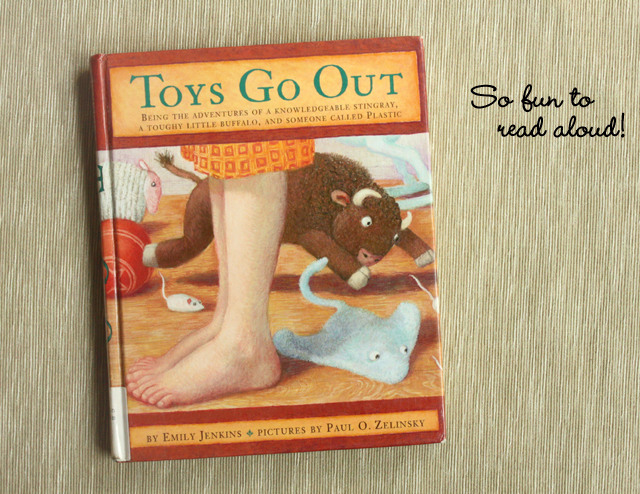
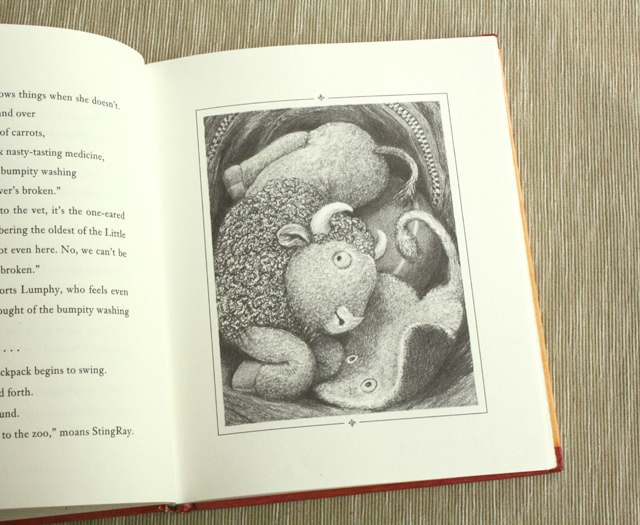


























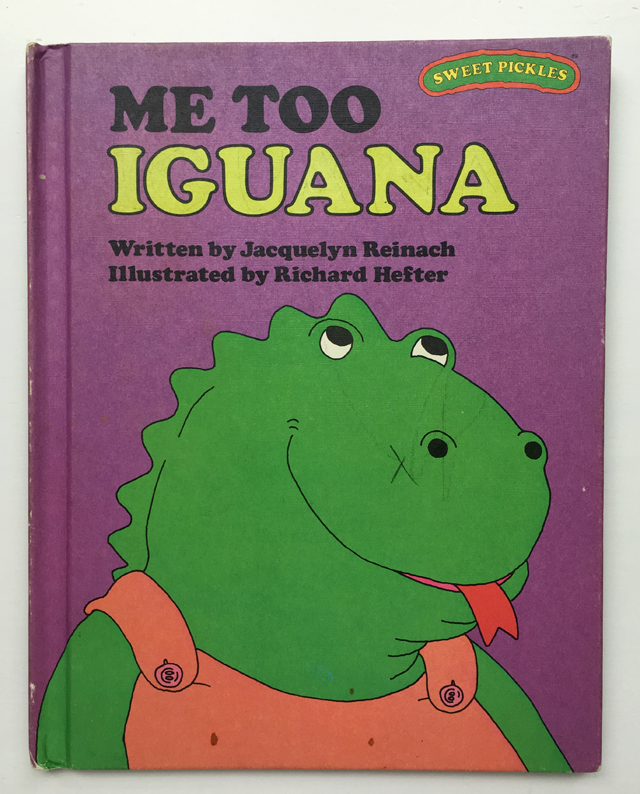
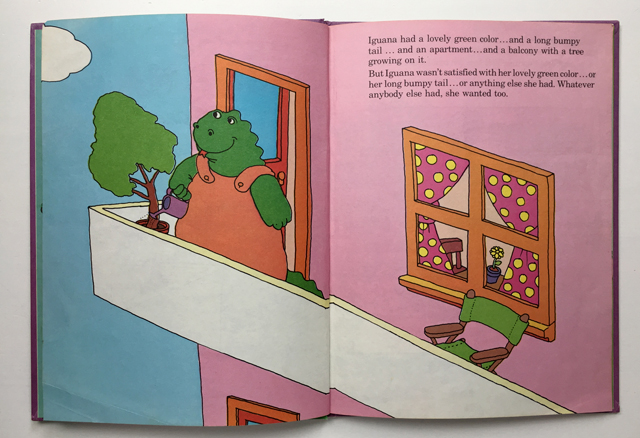
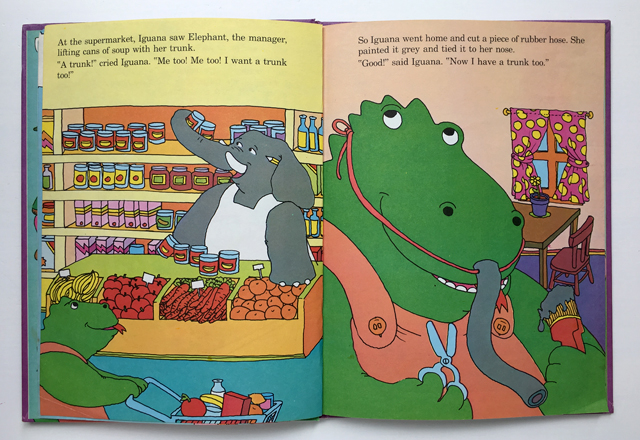
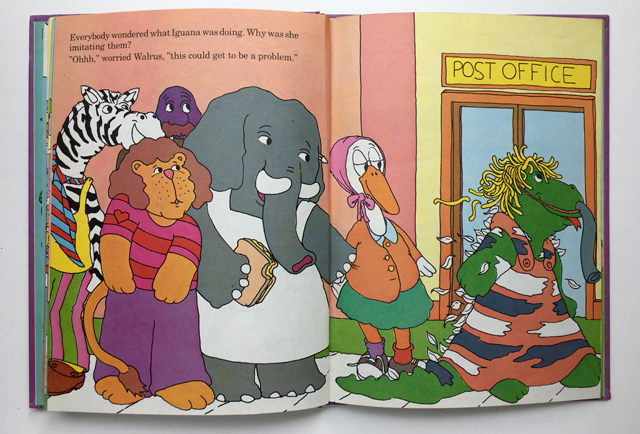
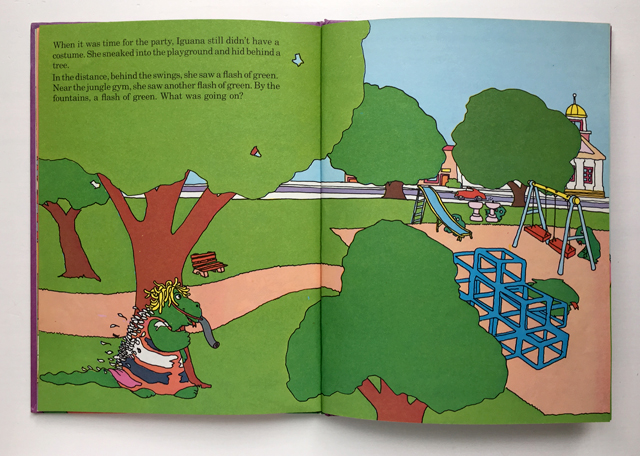
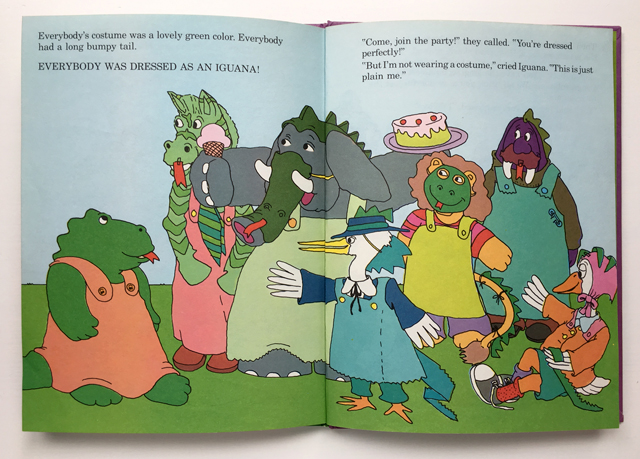


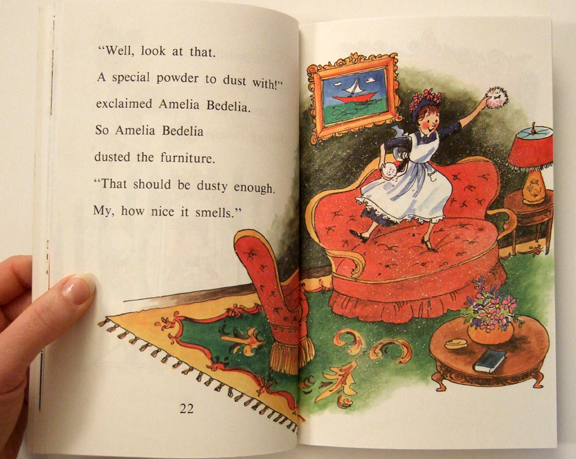










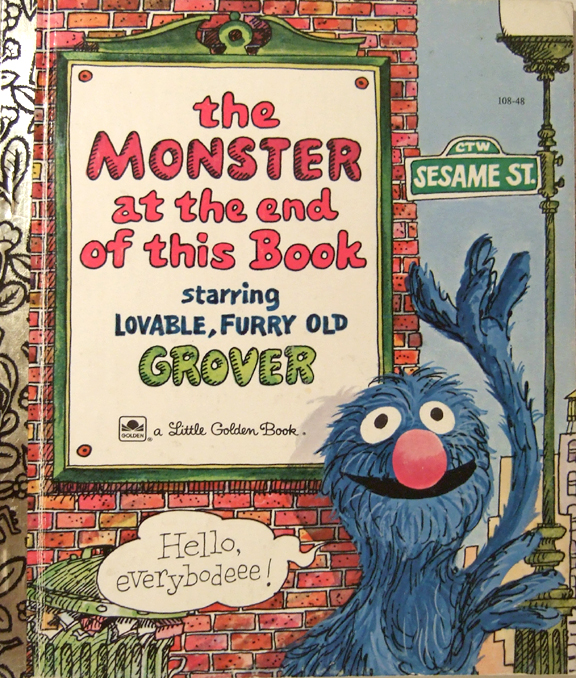



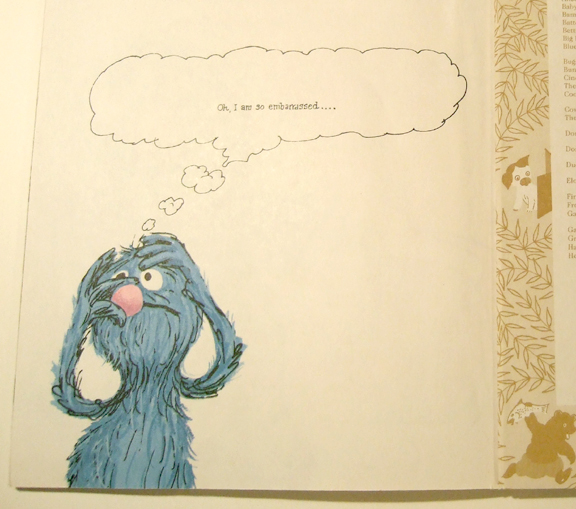



 Hi! I'm Rachel, and I'm so glad you're here. I make creative projects and intentional choices to create a life I love -- and I hope to inspire you to do the same!
Hi! I'm Rachel, and I'm so glad you're here. I make creative projects and intentional choices to create a life I love -- and I hope to inspire you to do the same! 
